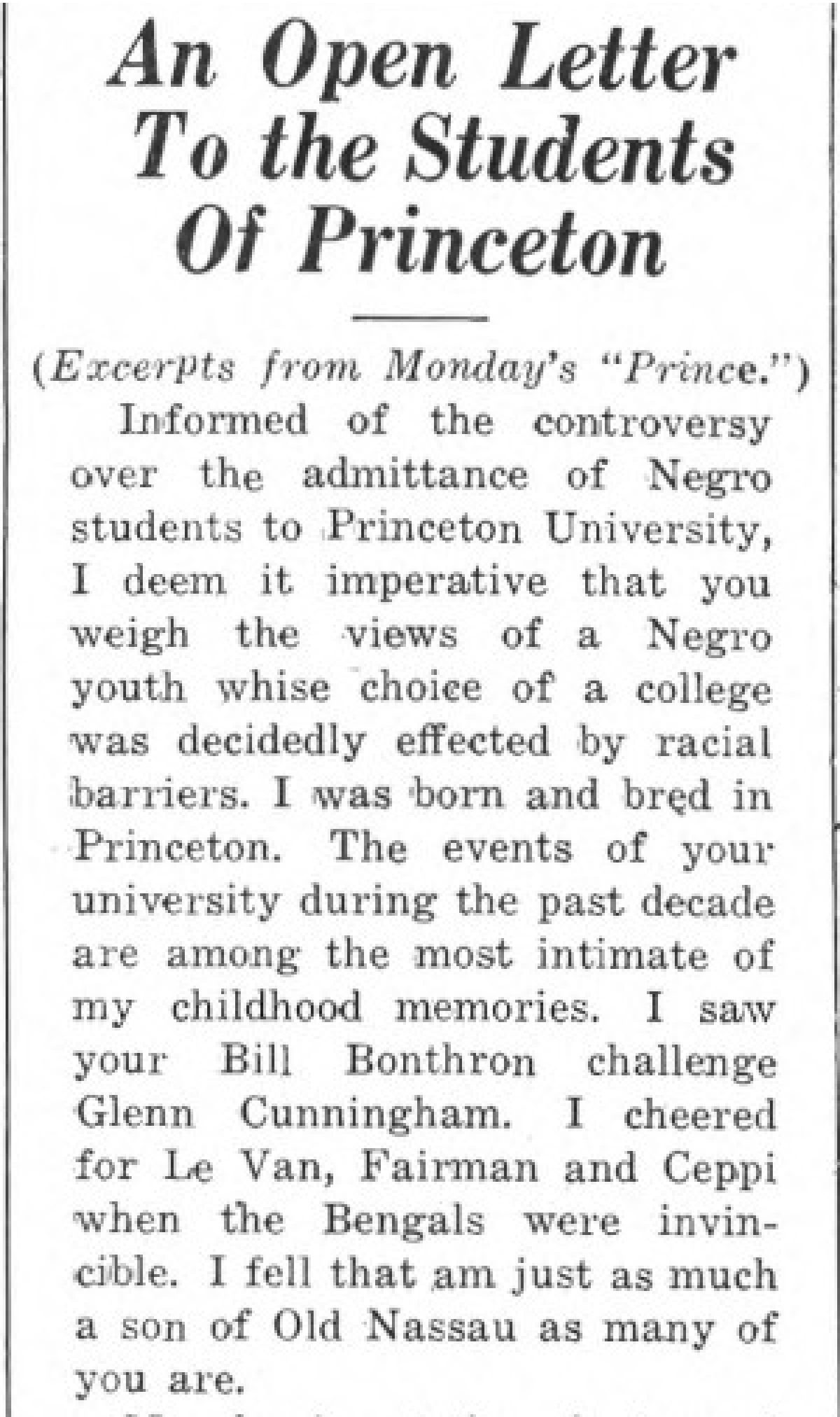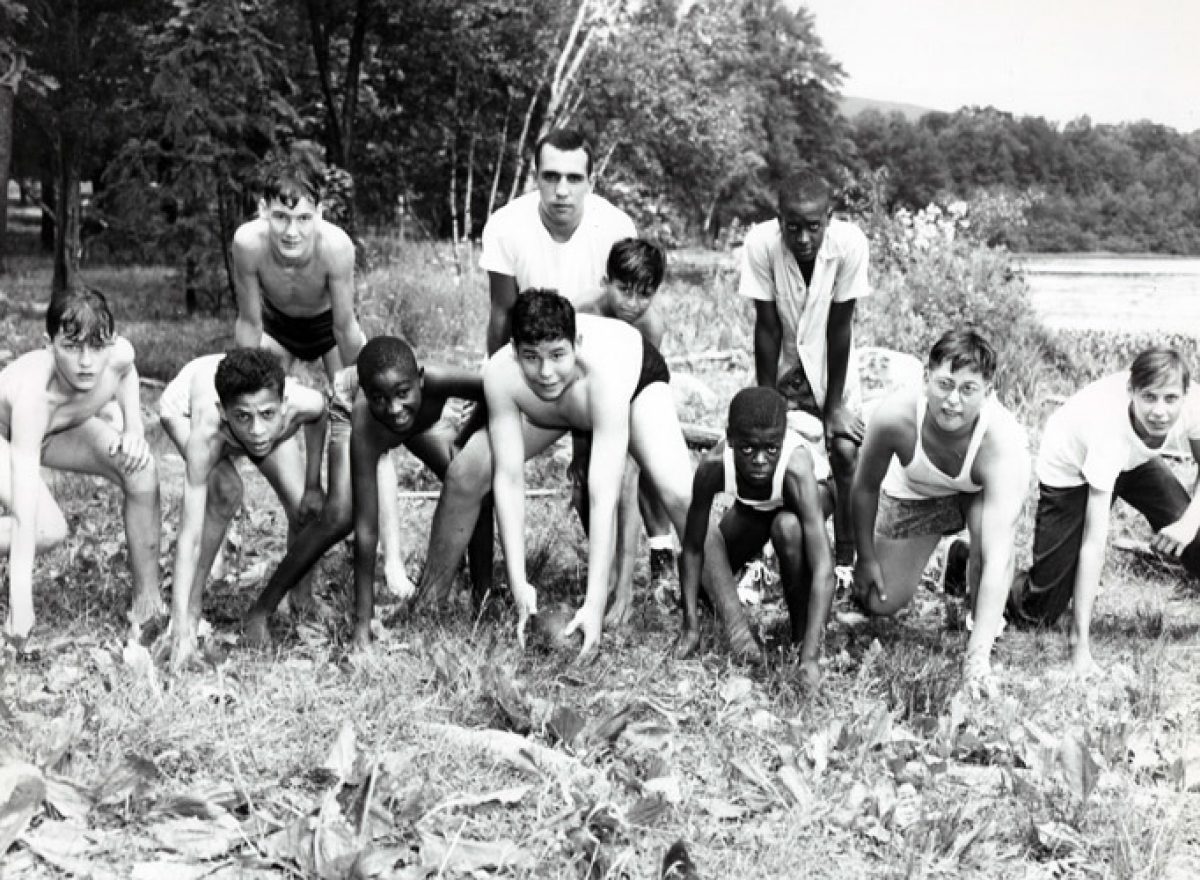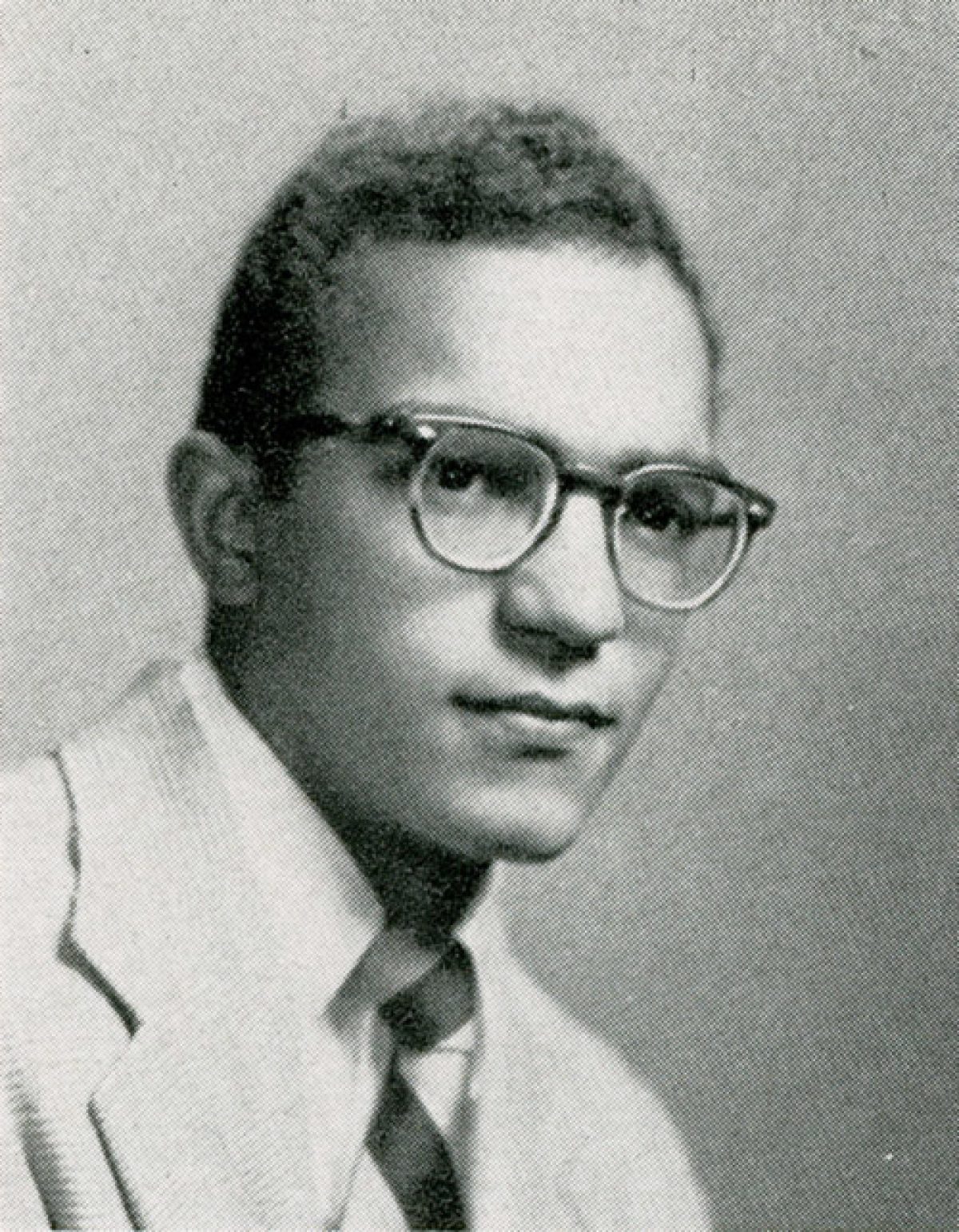A Southern School
In the 19th century, Princeton University earned a reputation as a school particularly welcoming to slaveholding southern students. (As one South Carolinian wrote, Princeton was “almost a Southern college.”) In the 20th century, Princeton strongly identified with this part of its past, working to ensure that white students from the former Confederate states would feel at home. When changes to state law required Princeton to accept African American students, the school struggled to adapt to the upending of its tradition as a northern stronghold for southern racial mores. As a result, its first Black students faced unique challenges.
Princeton’s first African American undergraduates were brought in as part of a Navy training program during World War II. In 1945, trustee Laurence G. Payson wrote to a fellow member of the class of 1916, John McFerran Barr, to explain the presence of Black students in response to objections from students and alumni:
When the personnel [for the Navy unit] arrived its members included, unbeknownst to us in advance, four negroes.[1]
Princeton was known to be wary of challenges to its traditions. In 1935, Dean Radcliffe Heermance (who headed the Office of Admission) revoked a Black student’s offer of admission when he was made aware of the man’s race.[2] But when Payson wrote his letter in 1945, the New Jersey legislature had recently passed a law requiring tax-exempt institutions not to discriminate on the basis of race. The Office of the President, not Heermance’s Office of Admission, would evaluate all future applications for admission from African American men. In this changing context, Payson wrote:
If Princeton were to stand against the negroes who were admitted under the Navy War-time ROTC the Trustees would be in a very difficult spot.[3]









